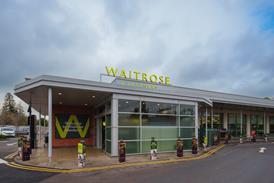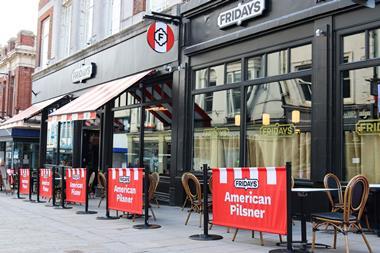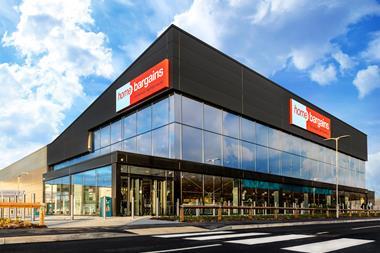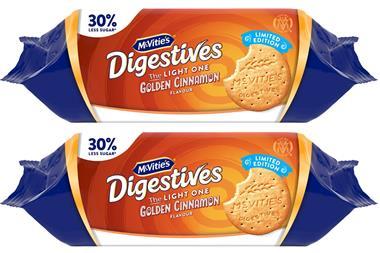Branded developments in the over the counter (OTC) category, especially in the hayfever, indigestion and vitamin sub-categories, were the driving force in the market when we covered it 11 years ago (The Grocer 18 November) with brand owners investing in a lot of promotion and advertising.
SmithKline Beecham, for example, estimated that it invested £113m in TV promotion alone for the year to convince consumers to reach for the brands they trust.
Rebecca Whitfield, SmithKline Beecham's trade marketing manager said: "The big brands, particularly those that have been around for a long time, have the best share. Consumers go for the name they know."
Yet own label was starting to make a bigger impression, a factor that Brian Sherwin, MD at manufacturer Wrafton Laboratories, said was not good for retailers' business.
"Multiples don't help their profits by continuing to sell the very cheap generic aspirin and paracetamol products."
According to Sherwin, the growth of own label and low inflation rates had increased pressure on manufacturers' margins, resulting in a number of factory closures. "With inflation controlled at about 3% a year, the opportunities for manufacturers to increase prices are very limited.
"The growth of own labels and the change from low quality own labels to top brand quality in terms of product and presentation have put great pressure on margins and focused attention on the cost of manufacturing."
Companies also had to deal with static market growth, with cough products negatively affected by what the major players said was a weak cough/cold season.
Retailers were already starting to rapidly grow in-store pharmacies. Tesco had 144 in-store pharmacies in 1995.













No comments yet